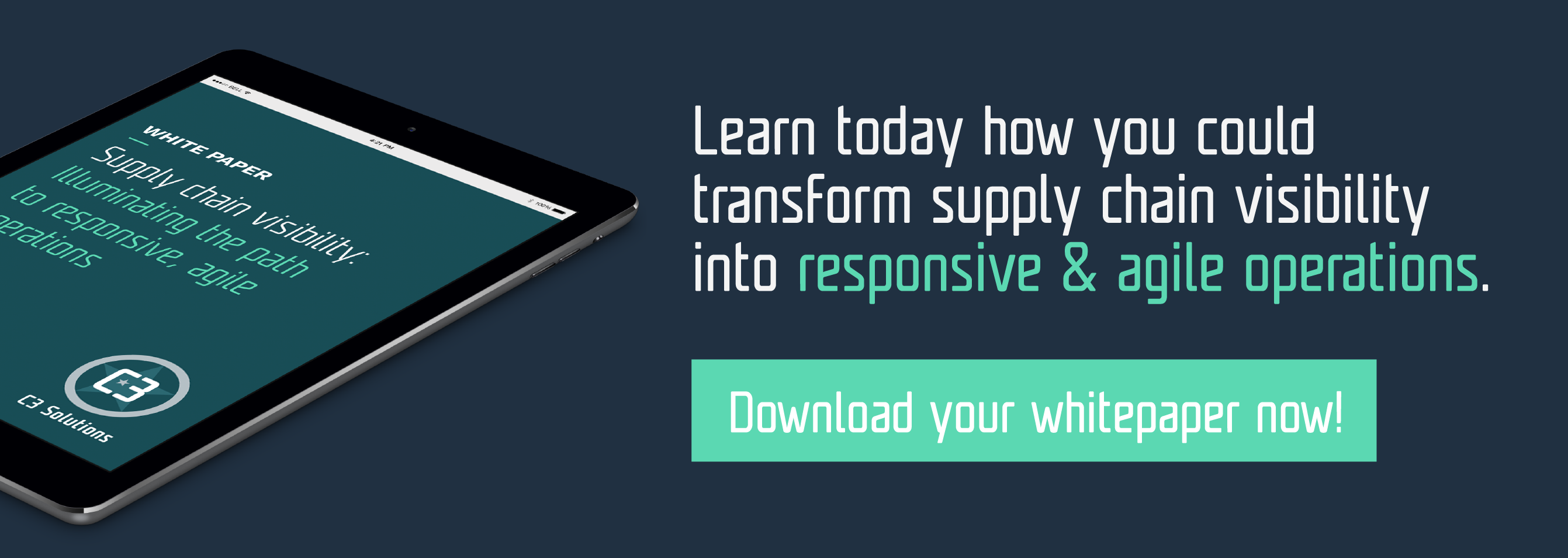The Top 5 Concerns For Supply Chain Leaders in 2024

Supply chain leaders have a lot on their plates at any given time, and our current environment is just making the challenges greater.
In a recent study conducted for the Material Handling Institute (MHI), industry leaders pointed out their five biggest areas of concern. These are:
1- Agility
According to the report, supply chain agility has come to the fore lately as geopolitical concerns and ongoing risks are impacting operations. Organizations need to ensure the flexibility and adaptability of their operations in the face of unpredictable markets, geopolitical risk, and the emergence of reshoring.
2-Costs
While inflation is easing in some areas, costs are still rising in other regions. Managers must keep a close eye on and carefully manage costs globally, and particularly in Europe.
3- Labour
Workforce challenges include the talent shortage, but also increasingly encompass the need to adapt by changing skill sets. In many cases automation is increasing worker satisfaction by improving job quality. Nonetheless, it is still incumbent on employers to build a friendly culture and provide flexibility in recruiting, retaining, and training a productive labour force.
4- Sustainability
Many companies are being required to meet new standards for sustainability and environmental, social, and governance (ESG) measurement. Understanding new reporting regulations and working with suppliers to identify emissions sources is a new and challenging area of responsibility. Dealing with climate-related risk is another side of the ESG picture.
5- Visibility
The need for visibility is forcing management to focus on technology investments that provide comprehensive insight into operations and inventory. It’s also fostering growing collaboration across supply chains as companies and their suppliers increasingly need to share information.
Identifying solutions
In its report, MHI recommends assessing technologies that can help address these challenges. That entails looking at the options on the market that can address specific use-cases within your business.
Once a selection of appropriate technologies has been identified, then you can look at the cost of ownership and build a business case identifying the return on investment (ROI)for the ones that make most sense.
At this point you should also be assessing any risks or ethical challenges that deployment might entail. Finally, once that’s been addressed, it’s time to create a comprehensive implementation plan and timeline.
An example of the problem-solving process
If you are looking for technology to assist with warehouse and fulfillment centre operations, let’s look at C3 Reservations. This dock scheduling software takes previously manual processes and automates them, all while communicating seamlessly with your warehouse management and/or control systems and other enterprise software.
If you have been scheduling trucks at your docks using a spreadsheet or even a whiteboard, combined with the laborious processes involved in phone calls or emails to confirm and follow up appointments, C3 Reservations can be a revelation. It automates the reservation process, allows you to prioritize certain types of inbound or outbound cargo, or carriers, and lets carriers schedule their own arrival times. Changes can be made instantly and everyone who needs it has immediate visibility.
If you’ve ever experienced the frustration of wasted time at the docks, with equipment and expensive labour idling while trucks on supposedly ‘on their way’, you’ll be able to appreciate the use-case for C3 Reservations.
For the ROI calculation, we make that easy, with a calculator on our website. All you need to know is the scope of the business you want to apply our cloud-based system to, then plug in the numbers and our calculator will give you the answers you need to convince senior management.
A risk assessment is easy with our reservations system. We are secure, ISO certified, and employ redundancy to ensure your uptime. We work collaboratively with our customers to ensure the system is tailored to your unique needs. The biggest risk you are incurring here is that your dock operations will need to be upgraded in order to maximize the newly efficient throughput you experience when using C3 Reservations.
As for implementation, we are really good at guiding our customers through the process, and ensuring that it’s a seamless as possible. Companies we work with comment on the ease of implementation and integration of our system. And their staff love it because it eliminates tedious and wasteful tasks.
Meeting today’s challenges at the dock door
With the kind of challenges described in the MHI report, there are, of course, plenty of solutions on the market. No one solution will solve all those challenges for your entire operation.
However, a solution like C3 Reservations provides an answer to each of them when it comes to your DC operations. It makes you more agile by being more efficient and able to book and reschedule dock appoints on the fly. It reduces your labour requirements, by preventing wasted time and also makes the job better for those in the back office.
Costs come down because you are more efficient, goods can turn faster, and you waste less labour. You have better visibility into your inventory and can control it precisely using C3 Reservations advanced tools for prioritizing loads. And finally, it improves your sustainability by preventing trucks from idling in the yard.
If you’d like to find out more about how we can help your operation realize all these benefits, we’d be happy to prepare a demo!


